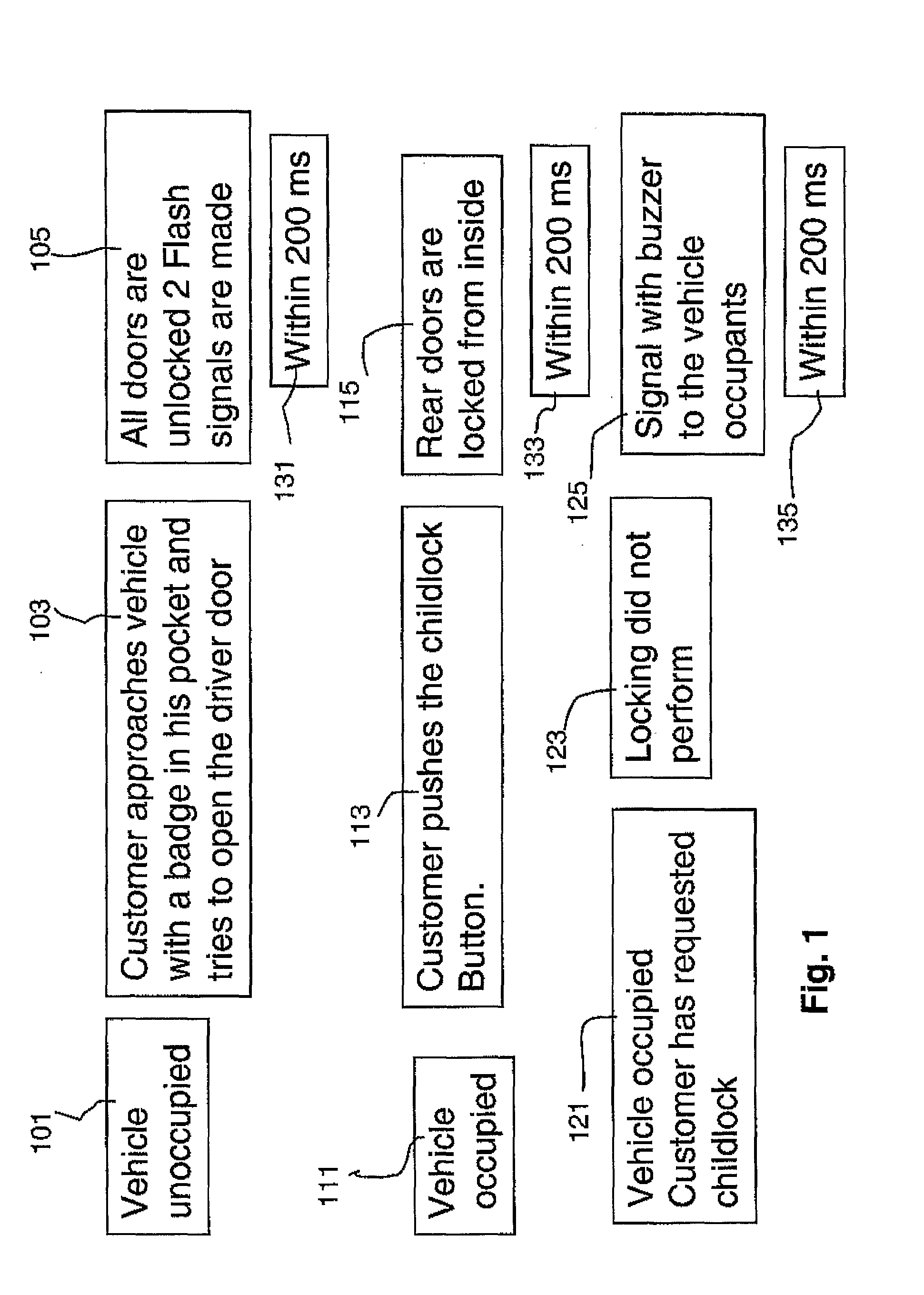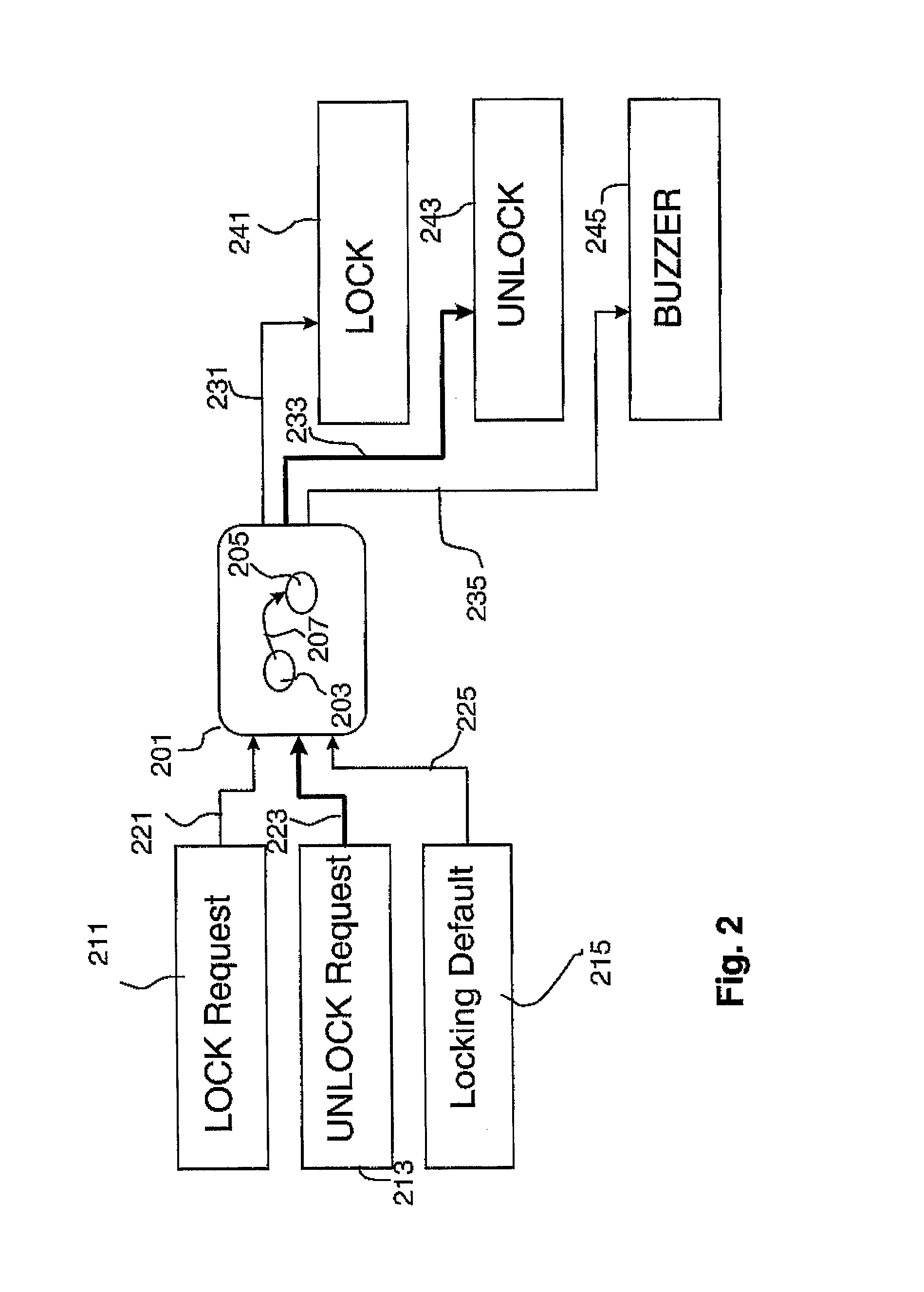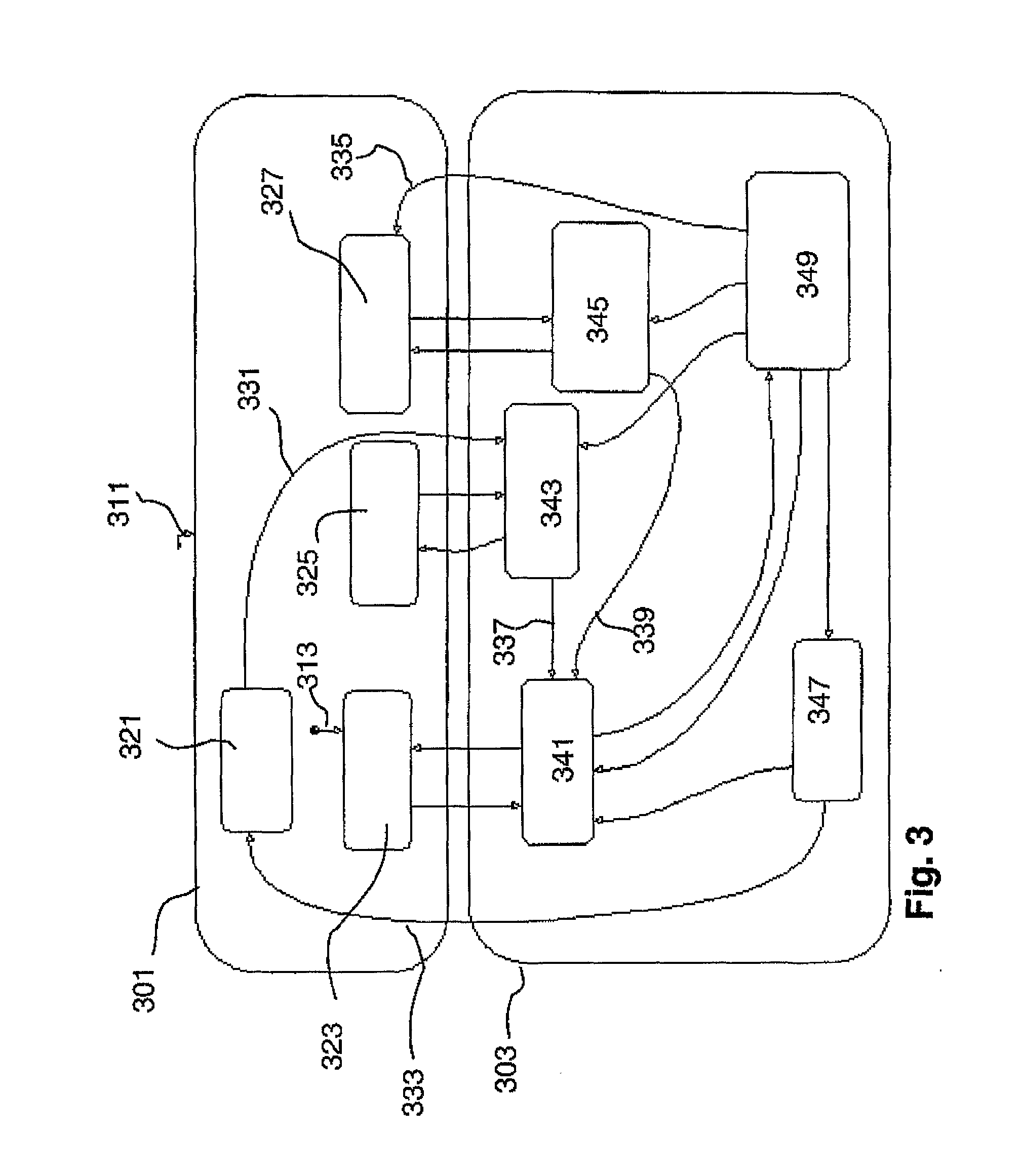Validation method for embedded systems
a technology of embedded systems and validation methods, applied in adaptive control, process and machine control, instruments, etc., can solve problems such as insufficient, inability to build cases, and simulation under virtual constraints does not prevent testing in a practical environment, so as to save time and improve testing coverage
- Summary
- Abstract
- Description
- Claims
- Application Information
AI Technical Summary
Benefits of technology
Problems solved by technology
Method used
Image
Examples
Embodiment Construction
[0049] An electronic system is made of Electronic Control Units (ECU), which may or may not be networked through communication busses, sensors, actuators, and electrical devices providing power to the different system components for example wiring, connectors, relays, fuses, battery and alternator.
[0050] An electronic system implements services to a customer, be the customer a worker in a plant, a car driver, a garage mechanic or an engineer. For instance, in the case where the electronic system under discussion is embedded in a car, the systems as discussed in our invention may implement services like climate, car motion, or door locking.
[0051] As an electronic system may implement many services, it may in those cases be refined as a set of subsystems, each subsystem achieving a specific set of services. In the description, we will not need to consider such decomposition and will simply consider a system and one or several services implemented by that system. Implicitly, consider...
PUM
 Login to View More
Login to View More Abstract
Description
Claims
Application Information
 Login to View More
Login to View More - R&D
- Intellectual Property
- Life Sciences
- Materials
- Tech Scout
- Unparalleled Data Quality
- Higher Quality Content
- 60% Fewer Hallucinations
Browse by: Latest US Patents, China's latest patents, Technical Efficacy Thesaurus, Application Domain, Technology Topic, Popular Technical Reports.
© 2025 PatSnap. All rights reserved.Legal|Privacy policy|Modern Slavery Act Transparency Statement|Sitemap|About US| Contact US: help@patsnap.com



